Though it divided audiences and courted controversy, “The Stepford Wives” is a brilliant satire with themes that are still relevant today.
During the 1970s, horror movies began exploring horror lurking in the backwoods of rural areas. Presented in the media as safe spaces to raise a family, movies such as The Texas Chainsaw Massacre and I Spit on Your Grave depict brutal horrors taking place in rural settings — extreme horrors such as sexual assault, murder, and cannibalism.
In February of 1975, The Stepford Wives was released. It was a thought-provoking satire on traditional gender roles and the pristine veneer of American suburbia.
Photographer Joanna Eberhart (Katharine Ross) reluctantly moves from New York City at her lawyer husband, Walter’s urging (Peter Masterson), to tranquil Stepford, Connecticut. It seems ideal for raising a family with its quiet tree-lined streets, large homes, and well-manicured lawns. They have two elementary school-age daughters, Kim (Mary Stuart Masterson) and Amy (Ronny Sullivan).
Joanna makes friends with Bobbie Markowe (Paula Prentiss). Joanna and Bobbie suspect something is not right about Stepford.
Both women stick out in Stepford. They dress in contemporary 1970s style, have intellectual discussions, are socially conscious, and have homes that appear lived-in. All other Stepford women dress in ankle-length, flowery skirts with ruffled blouses and have perfectly applied makeup and coiffed hair. The typical Stepford wife has an immaculate home and no interests outside of housework.
The only exception is one other newcomer, Charmaine (Tina Louise).
While Joanna, Bobbie, and Charmaine think the Stepford Men’s Association is sexist, it seems harmless — just a place for the guys to pal around with each other. There are subtle clues that not everything is as innocent as it seems, however.
A sketch artist innocently draws very detailed portraits of newcomer’s wives. Then, there’s another husband who happens to have an interest in dialects and asks Joanna to record a specific word list into a recorder. Finally, there’s the Men’s Association President Dale “Diz” Coda, who designed animatronics for Disney and admits to Joanna that he loves watching women do domestic chores.
Once Charmaine suddenly changes from an independent woman to a perfectly coiffed and subservient cleaning and baking machine, Joanna and Bobbie know something’s up. Then, Bobbie changes also.
The Stepford men are using their talents and resources for nefarious ends — killing their wives and replacing them with obedient robots.
Released in February 1975, The Stepford Wives grossed $4 million at the box office and received mixed reviews. Over the years, the film has achieved cult status and spawned a series of made-for-TV sequels and a big-budget remake in 2004.
Directed by Bryan Forbes with a screenplay by Academy Award-winner William Goldman, The Stepford Wives is a nightmarish blend of sci-fi and horror that seeped into public consciousness.
“Stepford wife” became a phrase in American culture for anyone who projects an all-too-perfect image.
The Stepford Wives was based on a novel of the same name by Ira Levin, the author of Rosemary’s Baby.
The two film adaptations, both horror films with strong feminist themes, invite the viewer into a shadowy world of conspiracies. Not only are your neighbors part of it, but they’ve gotten to your spouse.
In Rosemary’s Baby, Guy Woodhouse is tempted by fame and fortune. In The Stepford Wives, Walter Eberhart is tempted by the idea of having total control over his independent wife, Joanna.
Joanna’s neighbor, Carol (Nanette Newman), was once the head of a feminist Women’s Club in Stepford. It’s safe to assume that the men became paranoid and panicked at the thought of losing their power and thus came up with an extremely nefarious plan to maintain control.
Reactions were divided between whether the film was anti-women or anti-men; multiple sources report that many second-wave feminists at the time hated the film, calling it “exploitive trash.”
Cinema Cities reports that the studio invited some well-known feminists to a special screening in New York City, including Betty Friedan, author of The Feminine Mystique; Elizabeth Harris, co-founder of Ms. Magazine; and film directors Amalie Rothschild and Claudia Weill.
The group attended an awareness session following the film. Friedan and some of the other women walked out of the session, with Friedan dismissing the film as “a rip-off of women’s rights.”
Cinema Cities points out:
As for the cast and director, Forbes said, “I didn’t make the film thinking, ‘Oh, this is a wonderful opportunity to knock the feminist movement.’ I mean, bullshit, I didn’t. Ira Levin, when he saw the film, pronounced himself very happy.”
In an EW.com retrospective from 2022, Nanette Newman, who was married to Forbes until he died in 2013, said, “Bryan always used to say, ‘If anything, it’s anti-men! […] If the men are really stupid enough to want wives like that, then it’s sad for them. I thought the men were ridiculous to want to make women into servile creatures.”
Newman went on to say that Forbes told her about being attacked by a woman with an umbrella one night after a screening of the film.
Director Forbes was accused of being “anti-women.”
Prentiss said, “It’s the first of the women’s-lib kind of movies […] It isn’t pounding you on the head. It’s doing it through horror and comedy, and that’s a good genre.”
Tina Louise said, “She [Friedan] was very upset about our movie […] Very upset. She thought Ira Levin was saying that’s the way things should be, but he didn’t feel that way at all.”
Actress Mary Stuart Masterson, William Masterson’s daughter, who made her film debut playing the Eberharts’ daughter, says, “‘Stepford wife’ has become code for some robot following a script and meeting some male misogynistic ideal of femininity, […] [It’s about] negating your agency as a woman.”
The film presents an extreme scenario that portrays men in a two-dimensional light.
A person would have to be a complete narcissist and sociopath to want to do this to their spouse or anyone. The film also plays with the darker recesses of our minds that ponder a perfectly pristine facade that may be hiding something dark lurking beneath the surface.
Newman said, “A lot of horror movies are dark and gloomy and sinister, but this was a horror that was in sunlight with beautiful surroundings and beautiful people […] It made it so it lulled you along until it finally terrified you.”
The Stepford scenes in the film show brightly lit, sunny days and sparkling kitchens with smiling women with not one hair out of place. However, when they open their mouths, there’s no trace of individuality, no real conversation, and no intellectual depth. All they talk about is housework, recipes, and how they simply don’t have enough time to do enough baking with all of the cleaning they do.
The film provides food for thought on strict gender roles and how they don’t work.
In the film, even programmed Stepford wives often malfunction. As human beings, we all have minds of our own. We all have emotions and need ways to express them.
Joanna is passionate about photography. She tearfully tells a psychiatrist that she will be replaced by someone mechanical who does nothing but cook and clean, someone who doesn’t take pictures… someone who isn’t her.
The most disturbing part of the film is when Joanna meets her robotic counterpart. Joanna’s robotic clone isn’t complete; she doesn’t have eyes yet. The eyes are the most human part of us — some call them the windows to our souls. Seeing the robotic Joanna with the deep, black pools for eyes is a lasting image in the film that’s stayed with me since seeing it for the first time.
Besides addressing feminism, the Eberharts’ flight to suburbia illustrates another phenomenon at the time.
Starting in the late 1950s, many families started to flee American cities for suburbia to escape the increasing crime rates, decreasing property values, and social upheaval in urban areas — a phenomenon dubbed “white flight.”
As Cinema Cities points out, suburbia was presented as an ideal, a utopia of large houses, manicured lawns, white picket fences, and white middle-class conformity. In an intriguing twist of irony, the Eberharts encounter something much more nefarious in suburbia.
The film was based on Levin’s 1972 satire of the battle between the sexes.
“Welcome to Stepford” features an interview where Levin said he got the idea for The Stepford Wives from reading Alvin Toffler’s book Future Shock (1970).
EW reports that producer Edgar J. Scherick contacted Goldman to write the screen adaptation. He contacted British filmmaker Bryan Forbes to direct.
In “Welcome to Stepford,” Forbes says he was shocked that Scherick wanted him to direct a “very American project.” He thinks that Scherick probably wanted the story told from a different perspective. Forbes added that he had always wanted to make a thriller in a sunny setting instead of the “big dark house.”
With Goldman and Forbes on board, they began the search to cast the lead role.
Katharine Ross wasn’t their first choice for Joanna. Forbes contacted Diane Keaton, who was onboard until her analyst said the script gave him “bad vibes.” Then, he contacted Jean Seberg, who turned it down. Tuesday Weld was cast but dropped out at the last minute. Finally, Katharine Ross, best known for The Graduate and Butch Cassidy, won the part.
The film was shot on location in Darien and Fairfield, Connecticut. The pseudo-Victorian look of the Stepford wives was Forbes’ idea. Masterson said that the original concept for the Stepford women was quite the opposite; they were supposed to look more like Playboy bunnies. However, Forbes changed it, dressing Bobbie and Joanna in revealing outfits with the Stepford wives more conservatively in long skirts and ultra-feminine ruffled blouses.
Despite the controversy, The Stepford Wives has achieved cult status and spawned three sequels and a remake.
Revenge of the Stepford Wives (1980), The Stepford Children (1987), and The Stepford Husbands (1996) were all low-budget made for television movies.
The 2004 big-budget remake featured a stellar cast, including Nicole Kidman, Glenn Close, Bette Midler, and Matthew Broderick. However, the comedic tone wasn’t well-received.
“Welcome to Stepford” quotes a review written by Eleanor Goodman in the Baltimore Sun:
Whether you love or hate it, The Stepford Wives, with all its controversy, has left its mark on both horror history and American culture. The term “Stepford wife” became part of the vernacular to describe someone who seems a little too perfect or a perfect conformist. The film’s influence can be seen in 1998’s Disturbing Behavior, in which teenagers are being implanted with chips to control their behavior and take their individuality away.
Jordan Peele even cited The Stepford Wives as an influence on his film Get Out. “Welcome to Stepford” reports that Peele said he wanted to do for race what Stepford did for gender.


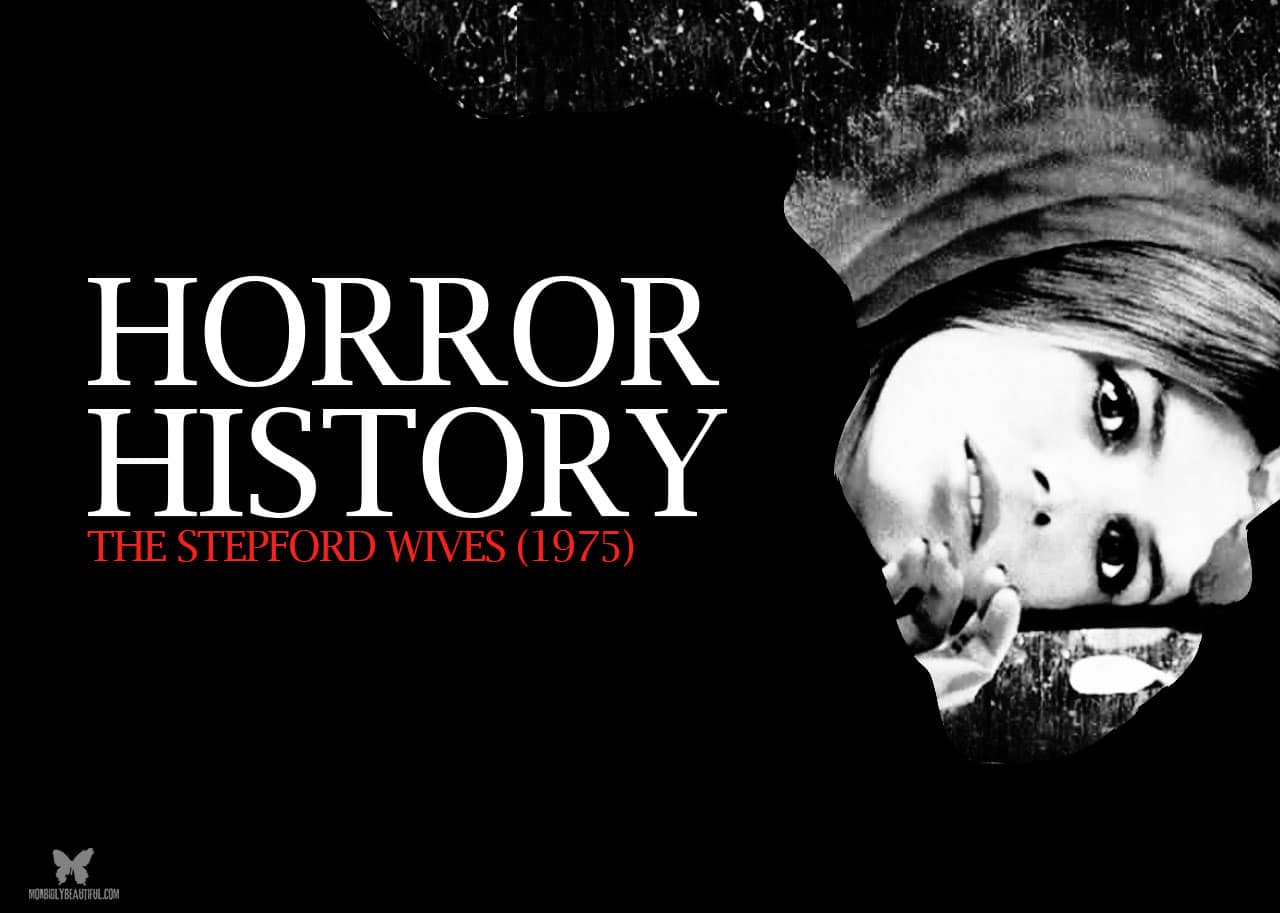
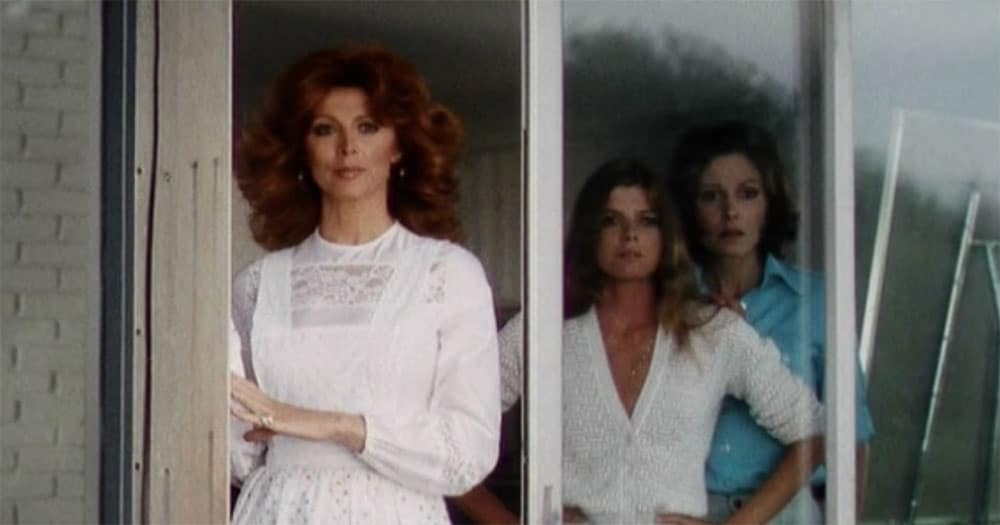
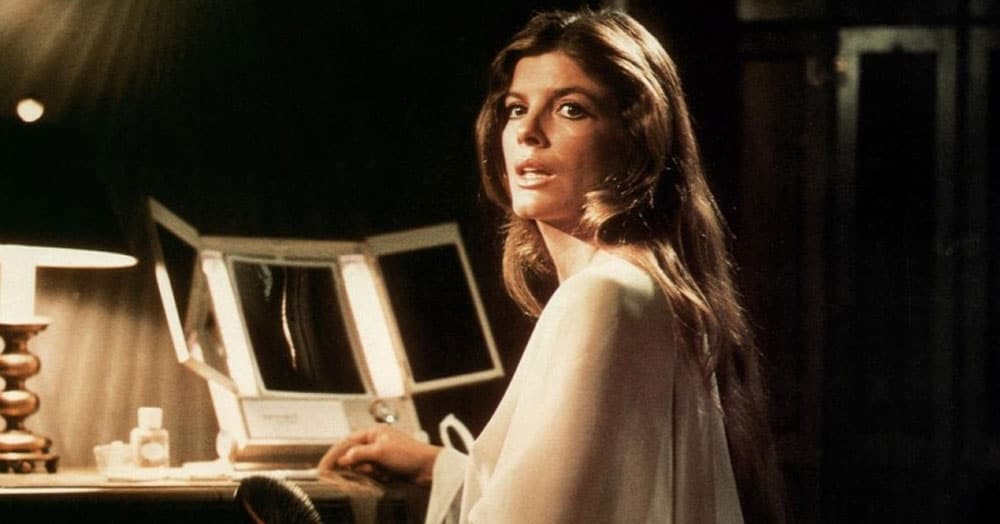
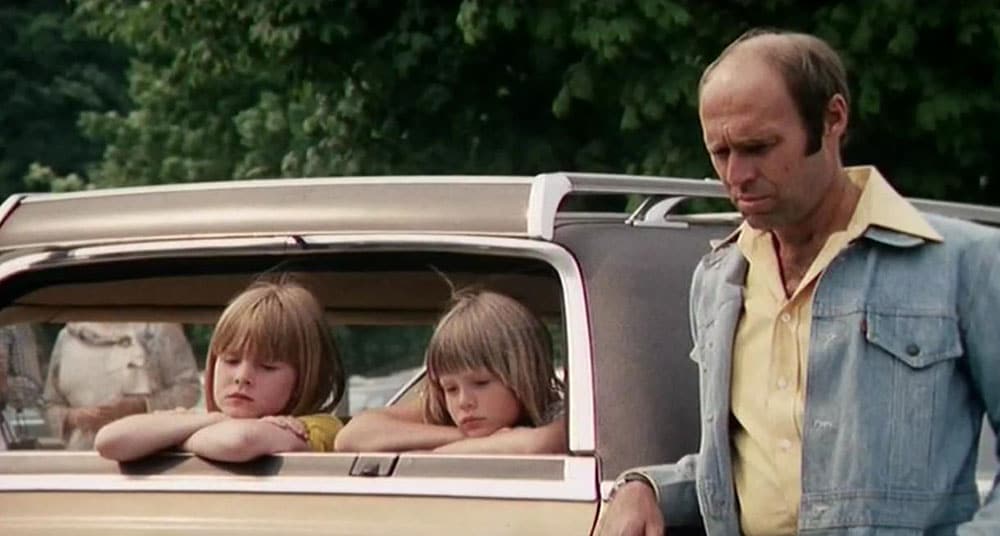
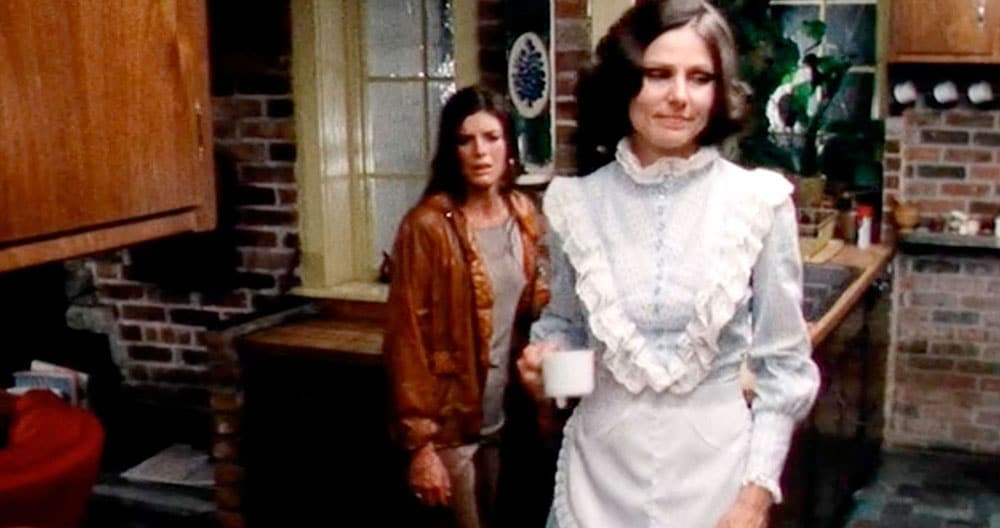
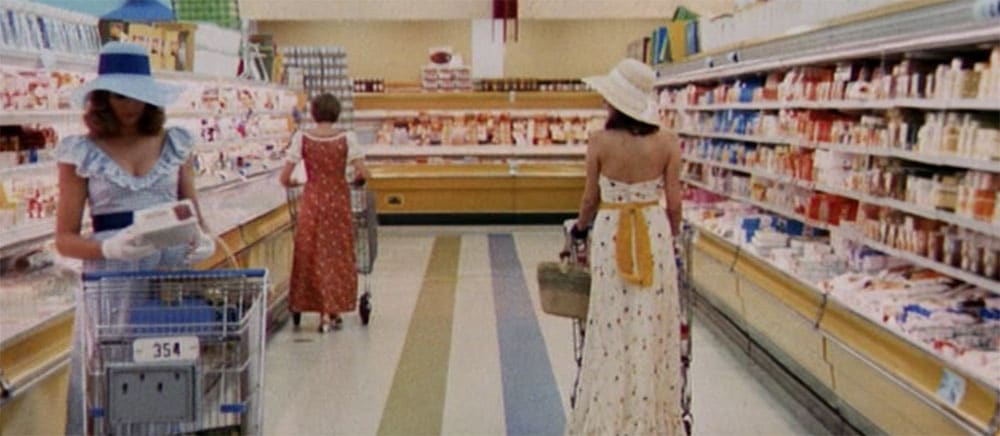
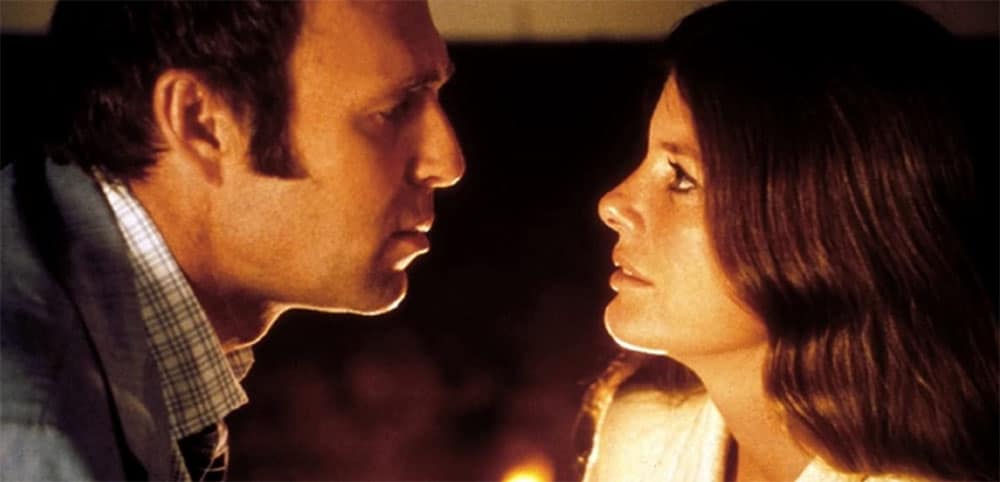
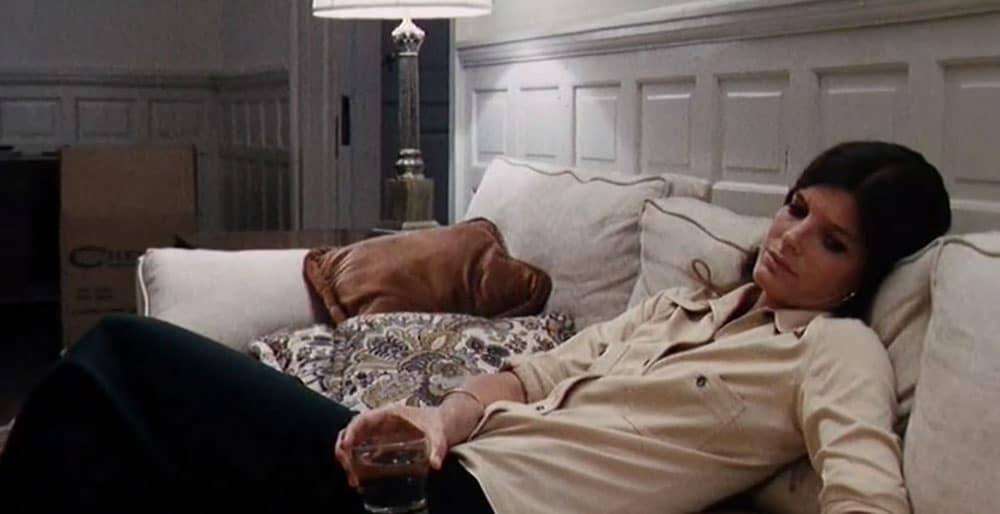
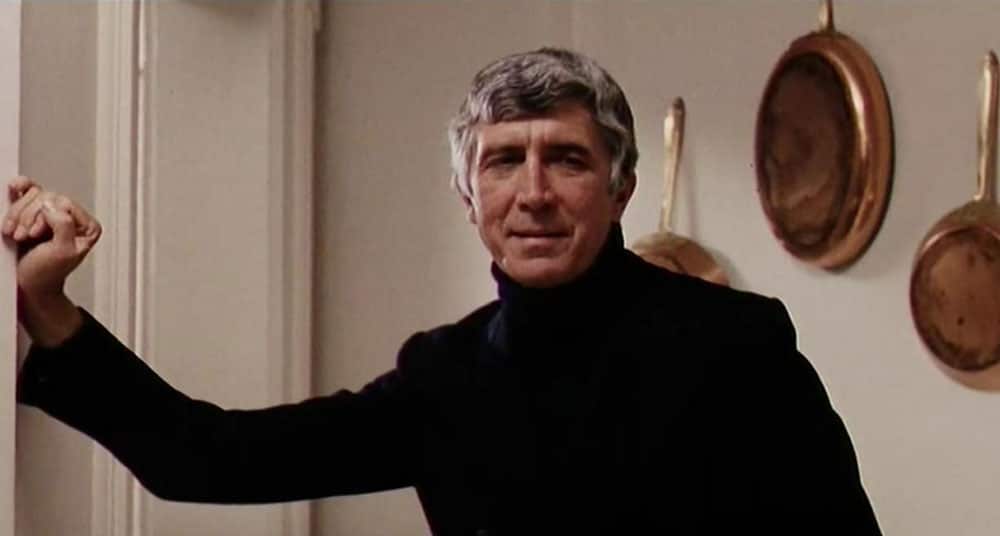



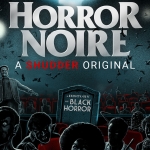








Follow Us!